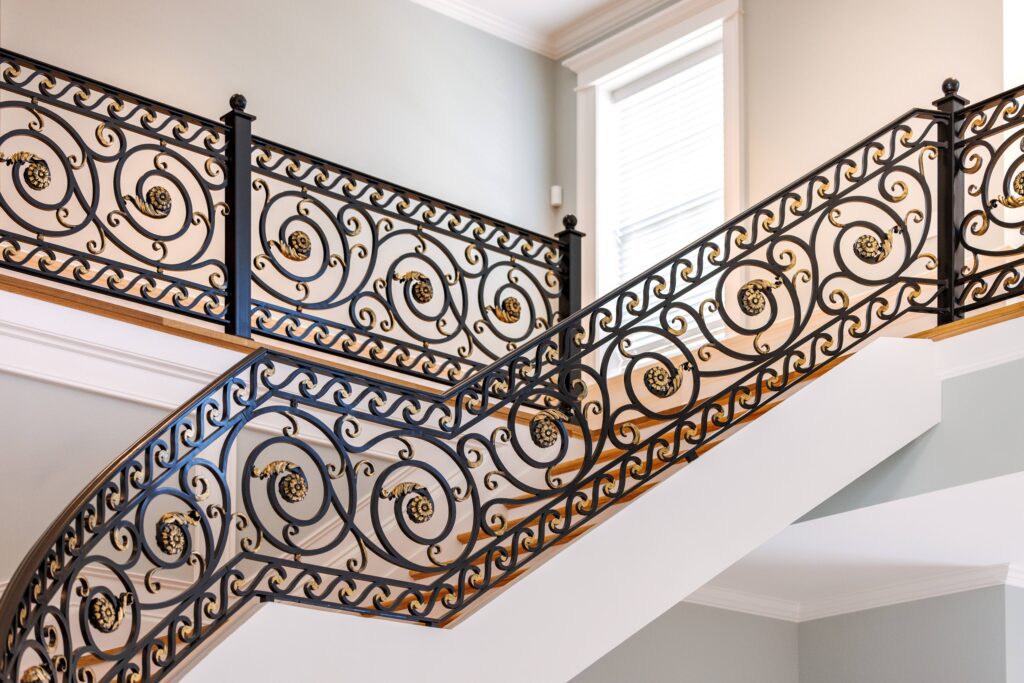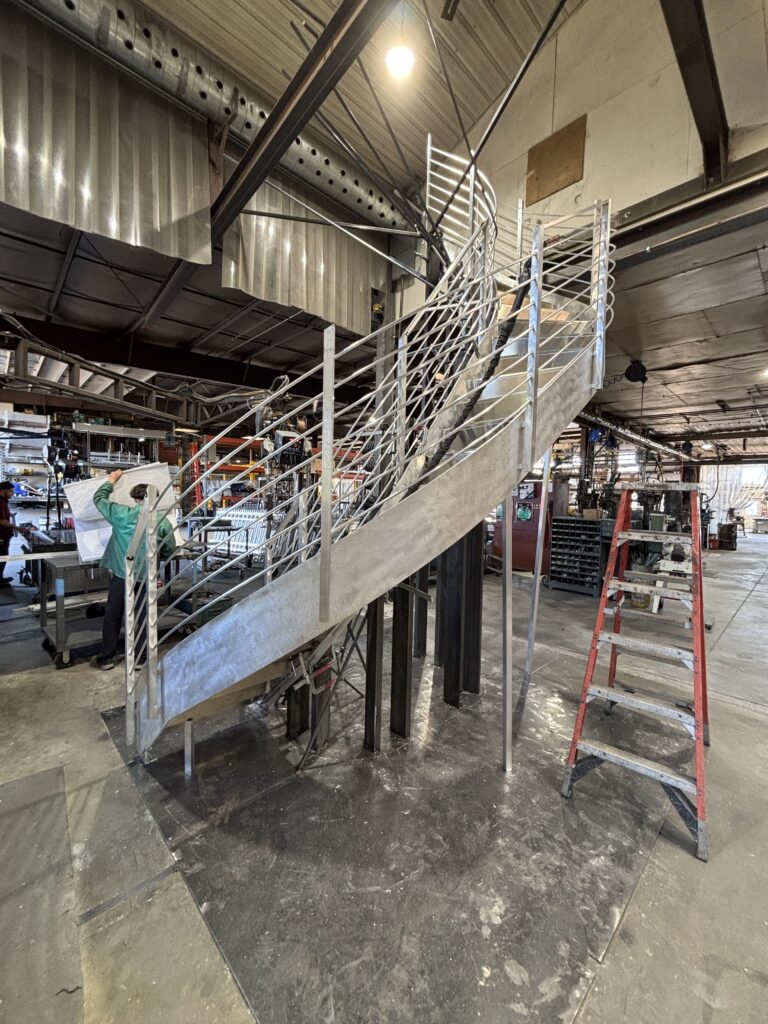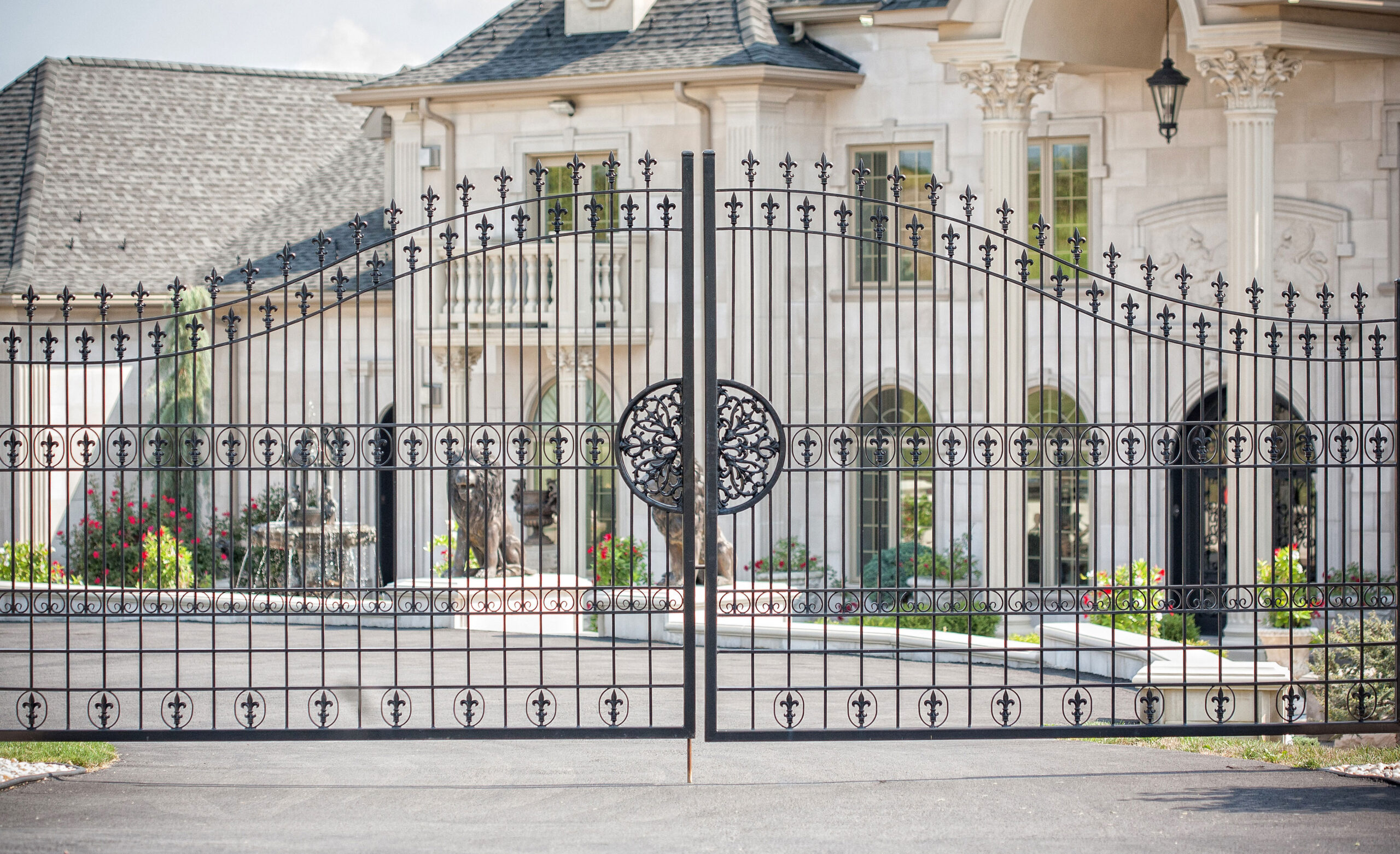It is seventy years ago this month that Samuel Yellin passed on to his reward. The work of his hands, however, is still with us and is just as beautiful and inspiring as it was in the 1920’s.
Born in Poland in 1885, Samuel entered an arts and crafts school at the age of seven, where he began his lifelong interest in blacksmithing. At eleven his
Father apprenticed him to a Russian blacksmith with whom he earned his master’s certificate in blacksmithing at the age of seventeen.
Young Samuel traveled around Europe for the next four years, studying iron architecture and working in various shops. These years greatly influenced his later work in two ways. First he gained a knowledge of different iron styles throughout Europe, and second he learned a variety of methods for working iron. This rich experience and knowledge base allowed him to do things superior to those of other smiths.
In 1906 Samuel immigrated to America, arriving in Philadelphia and studying at the school of industrial art. A year later he was appointed an instructor at the same school, where he then developed a wrought iron program, which he taught till 1919.
He opened his first shop in 1909 on North 5th Street in Philadelphia. His first large commission was the J.P. Morgan estate on Long Island, N.Y.
Soon he had to move his business to a larger shop. At that time he had 7 men in his employ. By the end of 1912 that number increased to 19 men including design draftsmen and the actual smiths doing the intricate forge work. This workforce expanded steadily as his reputation for superb craftsmanship and attention to detail spread.
The largest commission he ever received was for the Federal reserve bank in New York which started in late 1921. This entire project weighed over 200 tons (400,000 lbs.) of wrought iron. The shop was enlarged in 1922 to help handle the increased scope of the projects.
By 1928 the workforce had peaked at 268 before starting a downward trend as the great depression made itself felt, and by 1931 when Samuel suffered a serious heart attack it was down to 55. He traveled to Europe to regain his health, but the American economy languished and the business never fully recovered. In 1936 after dwindling to only 20 employees, business escalated once again and was trending upward till October 1940 when Samuel Yellin suffered a massive and fatal heart attack.
Samuel Yellin is and will remain Americas most celebrated artist blacksmith of all time. The work he produced still graces our architecture into the next century.
The attention to detail is evident in his work and continues to inspire future generations of blacksmiths. It is a tribute to Samuel Yellin and the enduring beauty of wrought iron that these famous classic works of art survive long after his death. The longevity of iron is such that these pieces can continue to express their splendor and taste to the yet unborn generations who will examine admire, and gain inspiration for the next century.




